Maybe it’s the lake in which you fish with your friends or the river on whose banks you rest. Your favorite watering hole is a seemingly limitless source of fresh water for recreation. But it’s by no means sufficient to meet all of humanity’s water needs. Groundwater, in contrast – the invisible relative of your watering hole – constitutes more than 95 percent of Earth’s unfrozen fresh water. It’s at the heart of many systems providing water for irrigation as well as domestic and industrial use.
Greater Understanding, More Protection
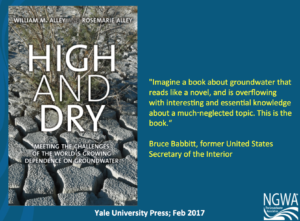
Despite its importance, groundwater is largely undervalued and underrepresented in many international discussions of water policies, governance and management. A new book by GRIPP Partner Bill Alley, director of science and technology with the National Ground Water Association (NGWA), and science writer Rosemarie Alley address these issues. High and Dry: Meeting the Challenges of the World’s Growing Dependence on Groundwater calls for better understanding and protection of groundwater.
The authors examine groundwater globally from important scientific and socioeconomic vantage points, employing case studies from the USA, Canada, Australia, India, and sub-Saharan Africa. Robert Glennon, professor at the University of Arizona and author of Unquenchable: America’s Water Crisis and What To Do About It, says: “The partnership of an eminent scientist and a science writer has produced vivid narratives spanning the globe about groundwater: a critical yet overused resource. They propose sensible reforms to curb over-pumping and protect the environment. Their message deserves a wide audience.”
GRIPP Partners Collaborate through GVI

A lively exhibition during Groundwater Week 2016
The timely publication follows NGWA’s successful Groundwater Week 2016 last December in Las Vegas, Nevada. Nearly 300 exhibitors showcased their initiatives to over 5,000 groundwater and irrigation professionals from around the globe. There, Bill Alley presented the Groundwater Visibility Initiative (GVI), a collaboration between GRIPP Partners at the NGWA and the American Water Resources Association (AWRA). The goal of this initiative, launched in April 2016, is to bring groundwater to the forefront of policy development and conversations about integrated water resources management.
The GVI workshop concluded that transparent public participation engaging multiple stakeholders through effective information and communication is key for governance of common resources like groundwater. Better data on aquifer systems would improve the understanding of how the supply and demand for groundwater is impacted by climate change. In order to improve governance, the water experts recommended incorporating groundwater into policies for agriculture, energy, environment, land-use planning and urban development. According to a paper on the GVI in Groundwater, the Alleys’ new book describes multiple factors contributing to good groundwater governance:
- Recognizing surface water and groundwater as a single resource
- Active engagement of local stakeholders in the decision-making process
- Pressure from external bodies to achieve suitable and workable solutions
- Public education on groundwater and its importance
- An emphasis on public guardianship and collective responsibility
- Consideration of groundwater within other policy areas, such as agriculture, energy, and land use
- Adequate laws and enforcement
- Fully funded and properly staffed groundwater management agencies
- Characterization of major aquifer systems
- Effective and independent monitoring of groundwater status and trends
- Recognizing the long-term response of groundwater systems
- Accounting for interactions between groundwater and climate
- Community leadership
To increase groundwater’s visibility in scientific, management and policy dialogues, workshop participants agreed to present the GVI to their respective professional societies as well as nonprofessional groups at state, regional, national and international meetings. By building coalitions, producing journal articles on GVI topics and otherwise engaging traditional media, participants can help bring groundwater issues to light. Alleys’ new book is the first step towards full elucidation; as John Fleck, author of Water is for Fighting Over: and Other Myths about Water in the West, puts it: “Earth’s water problems – both in quantity and in quality – are one of the 21st century’s greatest challenges. High and Dry provides a vital roadmap for dealing with them.”
To read the Groundwater Visibility Initiative paper from Groundwater, click here.
To learn more about the new book, Groundwater Week 2016, and the GVI, explore GRIPP Partner Michael Campana’s site, which is an excellent resource for water news.
Subscribe to GRIPP News for updates on groundwater initiatives.






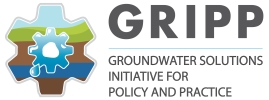
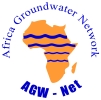
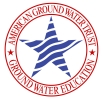
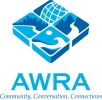


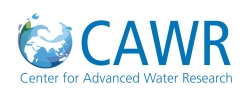


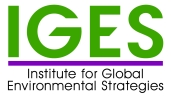
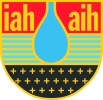






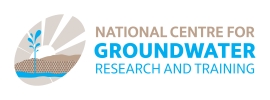
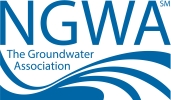









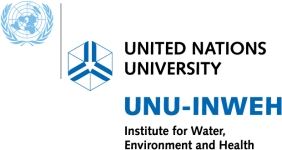

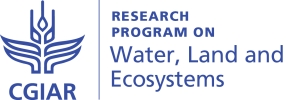
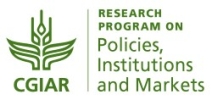
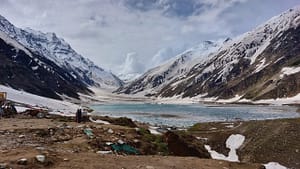




Much needed book. See also
Free download of Springer book on Integrated Groundwater Management
http://link.springer.com/book/10.1007%2F978-3-319-23576-9
Wonderful book as well; both are key studies into groundwater governance and integrated groundwater management.
http://gripp.iwmi.org/2016/08/23/new-book-out-shedding-light-on-the-invisible-commons/
The handball pump design and style provides optimum gains with absolute manage and consolation.